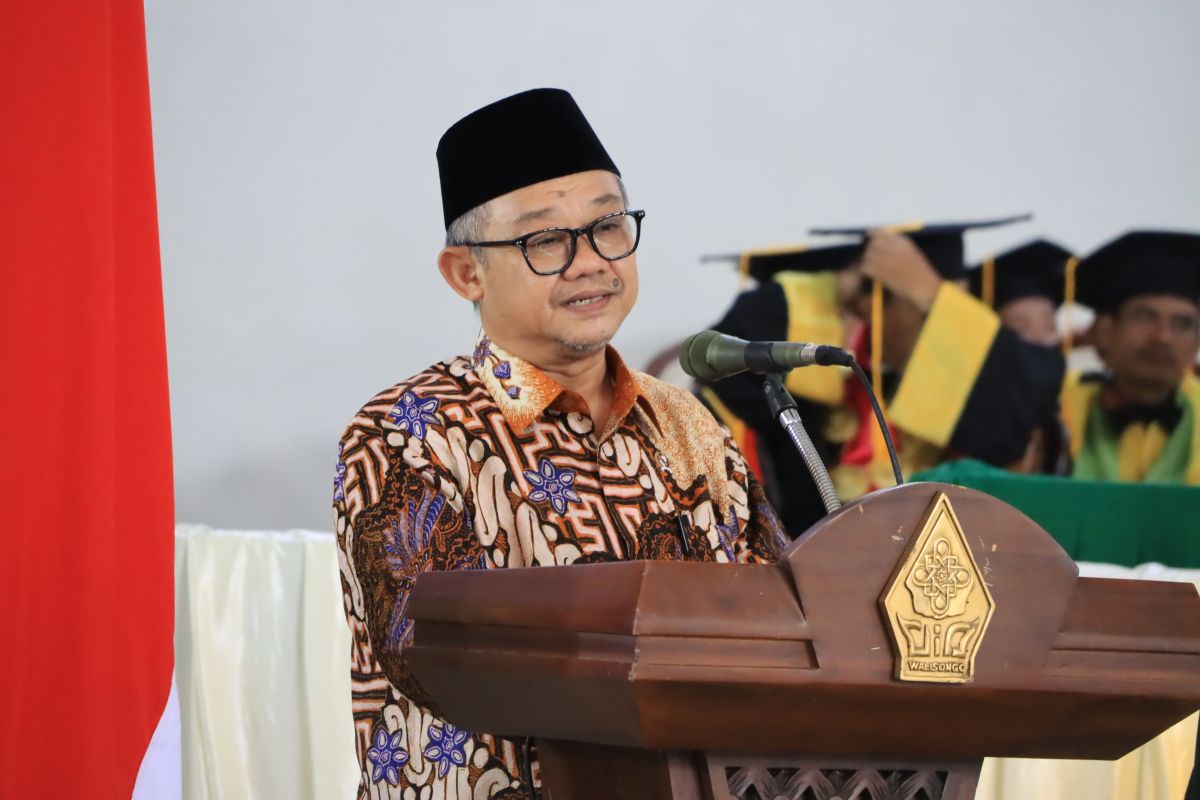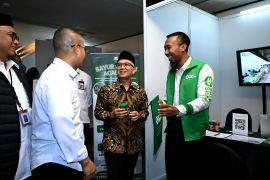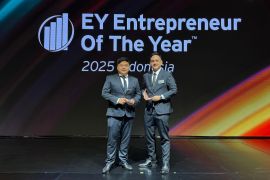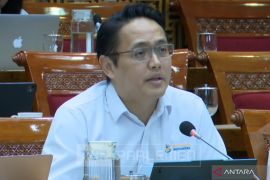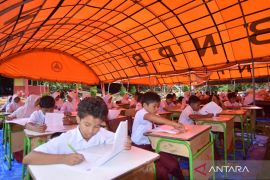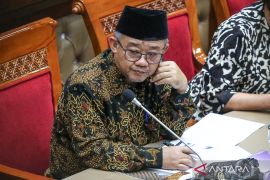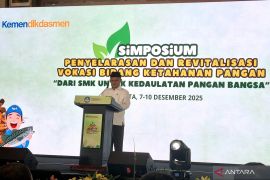Inequitable access, a shortage of teachers trained in science and technology, and uneven distribution of educational infrastructure have left many students lagging behind.
In this context, the recent launch of the Smart Indonesia STEM movement is a breath of fresh air that carries hope, not only for education but also for the nation's future.
On May 25, the Ministry of Primary and Secondary Education, the Ministry of Higher Education, Science and Technology, the Ministry of Culture, the Ministry of Religious Affairs, and the Ministry of Communication and Digital Affairs, together with the Riady Foundation, initiated and launched the national program.
Smart Indonesia STEM is an initiative designed to enhance the literacy and skills of Indonesian youth in Science, Technology, Engineering, and Mathematics (STEM).
Supported by over 500 pioneering educational institutions across Indonesia and a funding commitment of Rp500 billion (approximately US$30.6 million), this movement aims to improve AI and STEM skills for 10 million Indonesian students, including those in madrasahs (Islamic schools) and pesantrens (Islamic boarding schools).
Smart Indonesia STEM is more than just an educational project; it is a collective movement, as highlighted by Primary and Secondary Education Minister, Abdul Mu'ti.
He stated that this program supports Indonesia's vision of achieving an eight percent economic growth and developing independent human resources.
According to Mu'ti, this is not just a philanthropic program but part of the country's grand strategy to develop citizens who are not only able to compete but are also capable of driving change.
"This initiative is a vital part of the national priorities. Smart Indonesia STEM supports the vision of eight percent economic growth and independent human resource development," Mu'ti remarked.
This statement reflects that STEM is not just about numbers, robotics, or coding. STEM is a way of critical thinking, problem solving, and innovating.
If Indonesia is to advance, it must begin by changing thought processes, from the classroom to the public sphere.
Equally important is an inclusive and collaborative approach offered by this initiative. This program not only provides learning modules and teacher training but also develops an open digital platform, a data-based monitoring system, and a modular curriculum adaptable to various educational institutions.
This ensures that public schools, private schools, and madrasahs all have equal opportunities to grow and develop.
As the movement's initiator, Stephanie Riady emphasized that STEM should be seen as enjoyable, not intimidating.
"Science does not have to be complicated, technology does not have to be expensive, and mathematics does not have to be scary," she stressed.
This statement touches on the root issue of STEM education. Until now, STEM has often been perceived as being only for a select few, hard to understand, and expensive.
By shifting this perspective, Smart Indonesia STEM not only educates students but also empowers them.
It restores the rights of all Indonesian children to learn with confidence and creativity, regardless of their economic or geographical backgrounds.
Collaboration
The collaboration among ministries demonstrates that this movement is not the work of a single party.
From the Ministry of Communication and Digital Affairs, which ensures internet access, to the Ministry of Religious Affairs, which enables educational transformation in madrasahs and pesantrens, all parties are involved in building a resilient learning ecosystem.
Yudi Darma, Professor of Physics at the Bandung Institute of Technology (ITB) and Director of Science and Technology Dissemination at the Ministry of Higher Education, Science and Technology, offered a strategic assessment of this program. He considers it a real example of the courage to make a strategic leap in building a sustainable science and technology education ecosystem.
He believes the key to the program's success lies not only in its budget but also in its collaborative approach that connects technological innovation with the real needs of the community.
This is the right approach for Indonesia, a developing country with vast potential and challenges.
In terms of sustainable development, Smart Indonesia STEM is not merely about teacher training or providing learning devices. This program also includes a comprehensive monitoring and evaluation system, ensuring that every step can be measured, improved, and replicated on a national scale.
In other words, this initiative is not a short-term program but a long-term investment in the future.
The essence of the Smart Indonesia STEM movement goes beyond teaching technical skills; it builds a bridge for Indonesian children to achieve their goals.
Ultimately, the program is not merely about the Rp500 billion in funds or the 10 million students.
It is about a renewed belief in education that collaboration can reach the unreachable, that technology can make education more humane, and that the nation's future rests in the hands of smart, empowered students who think critically.
Related news: Introducing math early can help develop quality HR: Bappenas
Related news: Varsities told to map study programs amid STEM push
Translator: Hanni Sofia, Raka Adji
Editor: Azis Kurmala
Copyright © ANTARA 2025
